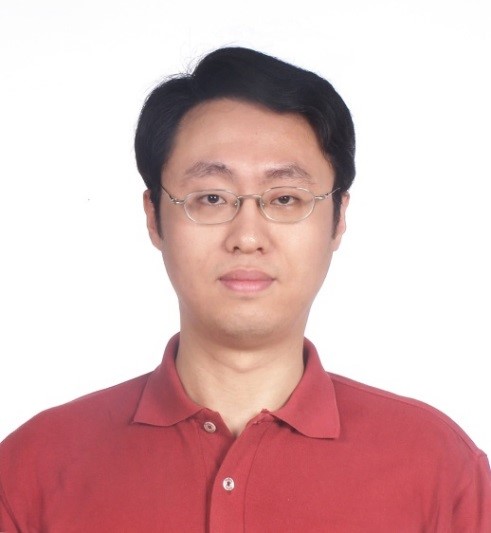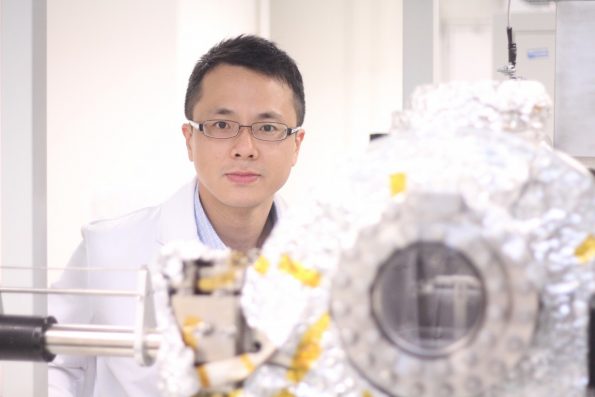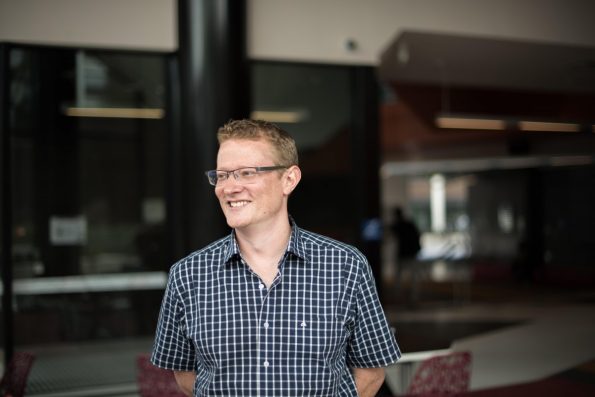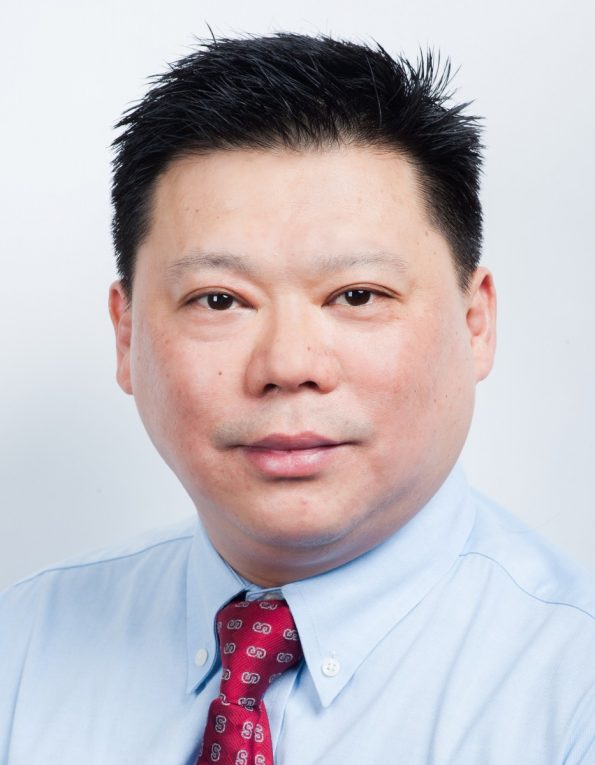Speaker: Associate Professor Tatiana G. Rappoport
Affiliation: Instituto de Fisica Universidade Federal do Rio de Janeiro Rio de Janeiro - Brasil
Abstract Details:
Quantum spin hall insulators (QSHI), have edge states that are extremely robust against disorder because the only available backscattering channel is forbidden by topology. Consequently, they are good candidates for the development of the next generation of electronic and spintronic devices.
One possible route to obtaining QSHIs with large band-gaps is the search for 2D materials where the electronic structure can be modeled by a px-py honeycomb Hamiltonian. In this case, the band structure presents a Dirac cone similar to their pz counterpart, accompanied by two extra narrow bands symmetrically located at low and high energies. When the spin-orbit coupling is taken into account, the band structure presents three topological gaps that have sizes of the order of the atomic level splitting.[1].
The fabrication of bismuthene on top of SiC paved the way for substrate engineering of room temperature quantum spin Hall insulators made of group V atoms. They reported the realization of a condensed matter analogue of px-py honeycomb systems in flat bismuthene[2].
Motivated by these results, we consider a minimal model that consists of a px-py honeycomb lattice with spin-orbit coupling. We perform a systematic analysis of the influence of the ?-bonding in the band structure, as its strength depends on both material and substrate. In addition to this, we perform quantum transport calculations in presence of Anderson disorder and vacancies and analyze the robustness of the topological gaps against disorder and Rashba spin-orbit coupling [3].
[1] C. Wu, Phys. Rev. Lett. 101, 186807 (2008)
[2] F. Reis, G. Li, L. Dudy, M. Bauernfeind,?S. Glass, W. Hanke, R. Thomale, J. Scha ?fer, and?R. Claessen, Science 357, 287 (2017)
[3] Luis M. Canonico, Tatiana G. Rappoport, R. B. Muniz, arXiv:1811.05054
About the Speaker:
Tatiana G. Rappoport received her PhD from Universidade Federal Fluminense in Brazil. After spending a few years as a visiting student and postdoc at the University of Notre Dame, working with diluted magnetic semiconductors, she joined Universidade Federal do Rio de Janeiro as a faculty in 2007. She received an L'Oreal Unesco fellowship for young women in science in 2007 and a Newton Advanced Fellowship from the Royal Society in 2015. Tatiana is a theoretical condensed matter physicist working on quantum transport and different spin-related phenomena in solid-state systems, in particular, Dirac materials. Her current research interests are the effects of disorder on quantum materials such as topological insulators, Chern insulators, and novel low-dimensional systems.
Click HERE for directions
—
To view all the upcoming seminars, you can visit: https://graphene.nus.edu.sg/news-events/events/
You may also Like & Subscribe our following channels below to receive instant notifications for new announcements.


 Speaker: Prof Ji Wei
Speaker: Prof Ji Wei  Speaker: Dr. Zhifeng Huang
Speaker: Dr. Zhifeng Huang  Speaker: Mohammad Zarenia
Speaker: Mohammad Zarenia  Speaker: Dr Mark Edmonds
Speaker: Dr Mark Edmonds  Speaker: Dr. Arief Suriadi Budiman
Speaker: Dr. Arief Suriadi Budiman  Speaker: Michael Mayer
Speaker: Michael Mayer  Speaker: Dr Ahmet Avsar
Speaker: Dr Ahmet Avsar